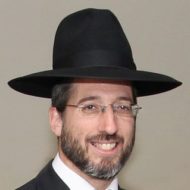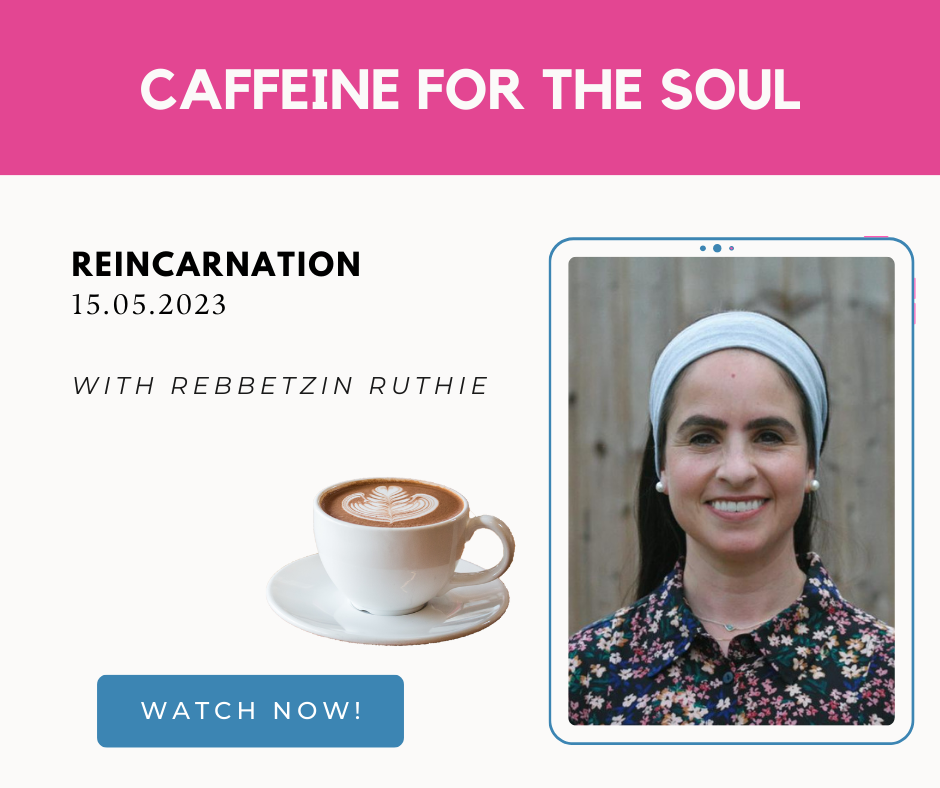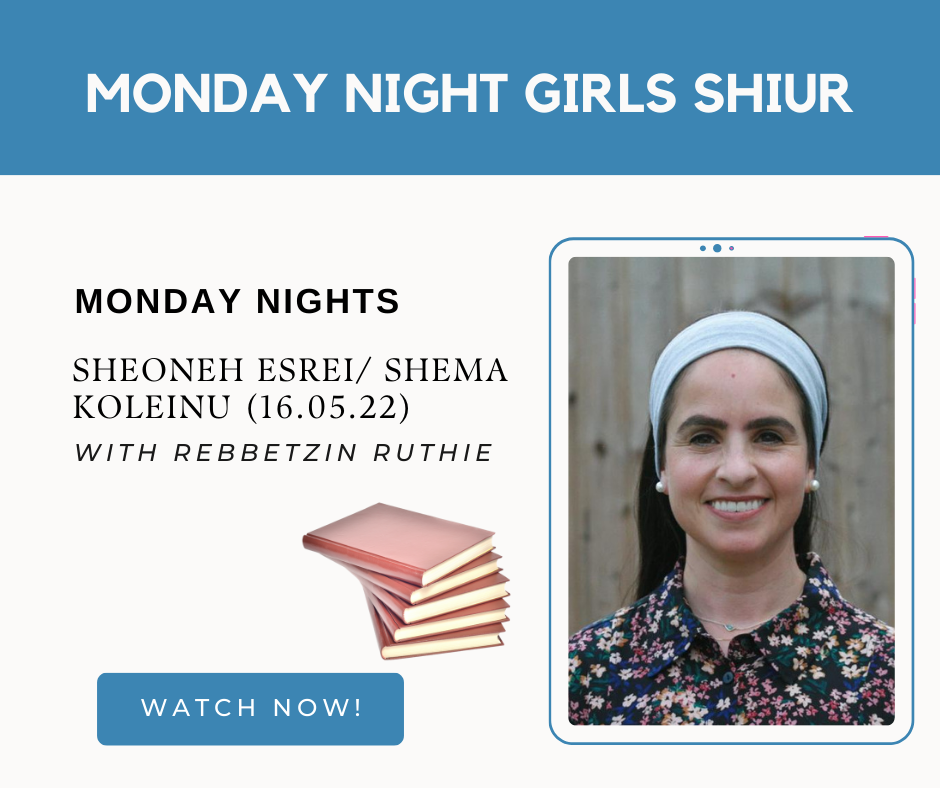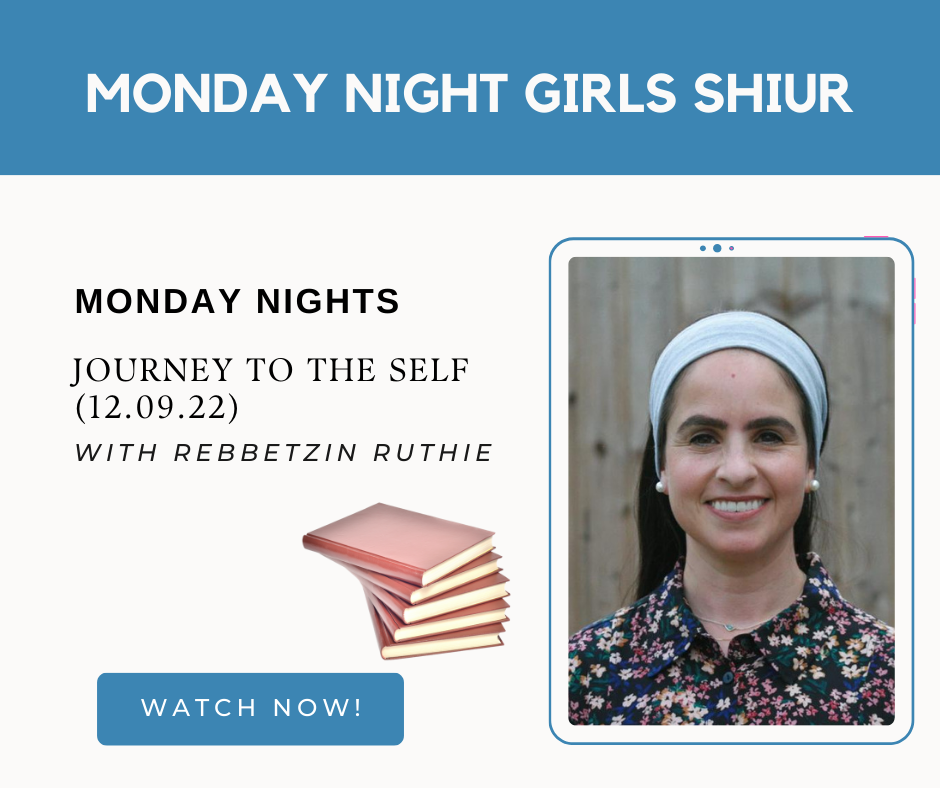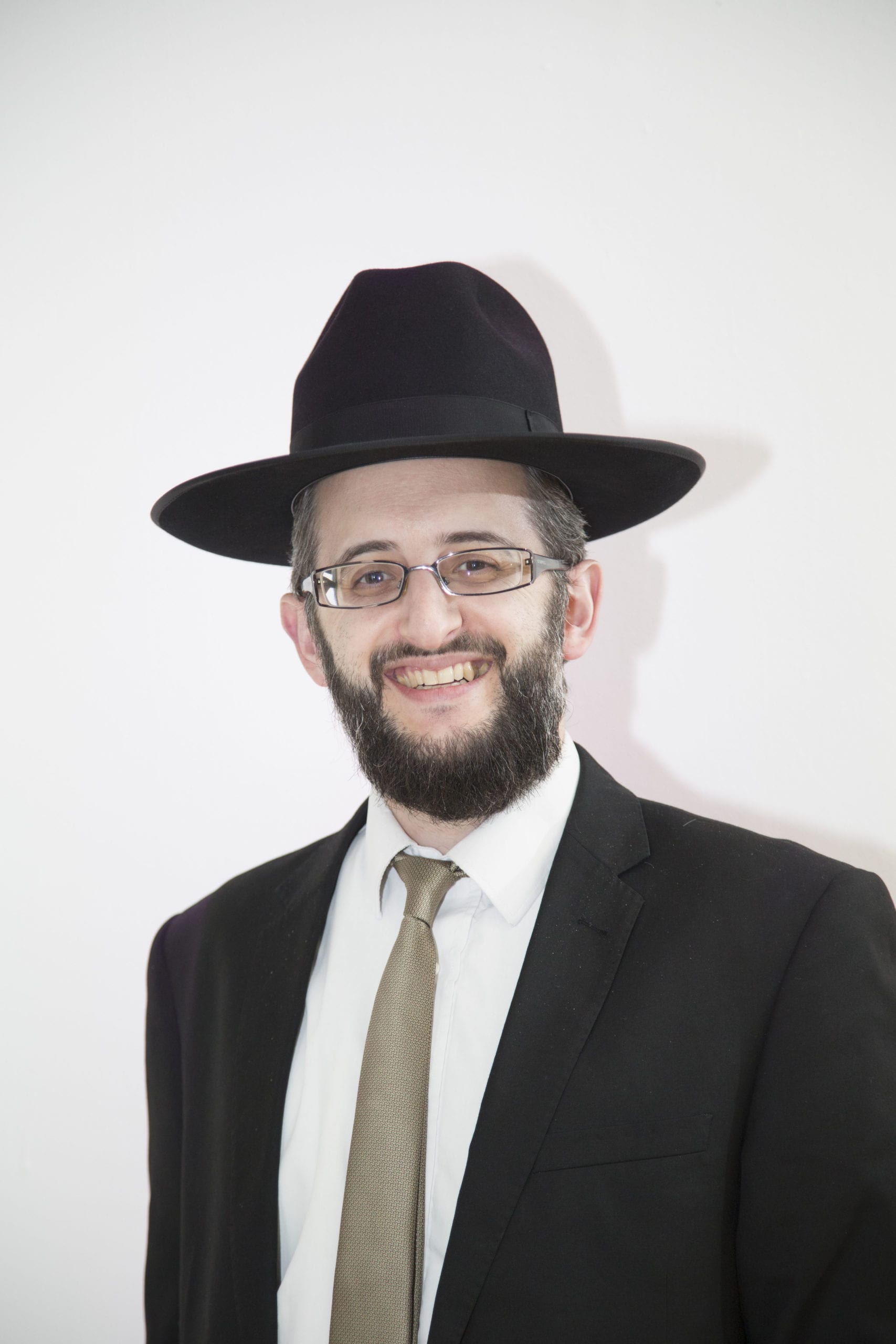
“Chukim” are Mitsvot with no known rationale. The archetype to this category of Mitsvot, is the Mitsva of Para Adumah (red heifer), as it says “This is the decree of the Torah.” This Mitsva has two primary functions: 1. To purify those that came in contact with a corpse, 2. To atone for the sin of the Golden Calf.
Although the Mitsva of Para Adumah (red heifer) is considered a “chok” i.e. a Mitsva with no evident logical reason to it, Rashi cites Rabbi Moshe Hadarshan, who explains that Para Adumah serves as an atonement for the sin of the Eigel Hazahav – the Golden Calf. He offers an analogy to bring out this point, “If a maidservant’s son dirties a palace, let his mother come and clean up after him – so too let the cow come and atone for the sin of its calf.”
The process as to how the Para Adumah atones for the Eigel Hazahav seems ironic upon examination. The creation of the Eigel Hazahav consisted of gold, an inanimate object, being cast into fire, causing a living creature to emerge. By contrast, the Para Adumah consists of taking a live creature and placing it into fire to produce an inanimate entity i.e. ashes. Both processes pass through fire with opposite results, one creates life and the other death – ashes.
How can we understand this contrast between the sin and its atonement?
The Gemara in Megilla (31b) teaches us a simple yet profound concept, “If Elders tell you to destroy, and youngsters say to build – destroy and do not build, because the building of youth is destructive and the destruction of Elders is constructive.”
Decisions on how to conduct oneself and ideologies formed by the young and foolish, can prove to be harmful and destructive. Whereas decisions made by those who are wise and experienced, who may say to “tear down” or “destroy” an ideology, philosophy or way of conduct, prove to be the most productive of acts.
The creation and service of the Eigel Hazahav, was a “Building of Youth.” When Aharon and Chur were the interim leaders of the Benei Yisrael until Moshe Rabenu returned from his 40 days in Heaven, they objected to the creation of the Eigel, i.e. they said “Destroy and don’t build.” Chur’s outward objection led to his murder, while Aharon realised that another outward objection would lead to more bloodshed, so he tried delaying the creation of the Eigel as much as possible. Ultimately, the most destructive, “Building of Youth,” in history transpired, the Eigel Hazahav was created and served.
Prior to the Eigel’s creation, the world was in a state like that of Adam Harishon before his sin i.e. the concept of death was annulled. As a result of the Eigel, the prospect of death was reinstituted into the world. This act could not have been more destructive.
Based on this idea, the Para Adumah’s role in atoning for the Eigel in a contrary manner, can now be understood. In order to rectify the mindset of a “Building of Youth,” which caused the Eigel, the mother of the Eigel, the Para Adumah counters this by insinuating that the destruction of elders is constructive and brings purity, as opposed to the constructions of the youth.
This process can also be understood on a deeper level. Both processes pass through fire, which in essence has two capabilities. Fire can be dangerous and destructive, it can burn down houses, harm people and cause death. However, it certainly also has constructive purposes, e.g. cooking, warming, welding metals together to construct objects, etc. The defining factor as to whether fire will be constructive or not, is when it is under control, but when fire is left to spread freely, then destruction is imminent.
A fire within a person is analogous to one’s passions and desires. If one’s passions are left to be free with no guidance or being correctly channelled, then they run the risk of being destructive. However, when properly disciplined, one’s passions and potentiality can be directed to achieve productive goals.
By following the instructions of the Torah and the advice our great Sages and Rabbis give us, either by interacting with them or by learning and studying their written words, one’s passions and potential will be able to be focused towards meaningful objectives. What is considered appropriate to act upon or to refrain from, when to “build” and when to “destroy,” will become clearer through knowing how and when to direct one’s inner strengths.
Para Adumah teaches us this lesson, creating can be destructive and destroying can be constructive but only with the guidance of Torah and our Chachamim can we truly succeed in our choices. Shabbat Shalom.



